How To Use Tea Tree Oil For Toenail Fungus
Revitalize your nails and fight toenail fungus with the antifungal power of tea tree oil.

Image: iStock
Tea tree oil offers various medicinal benefits and treats skin conditions. Due to its antibacterial and antifungal properties, tea tree oil is often used to manage fungal infections, and you can also use tea tree oil for toenail fungus. People may use it alone or alongside medical treatments for nail fungus.
Keep reading to know more about how tea tree oil may help manage toenail fungus and how to use it properly.
 Trivia
TriviaIn This Article
What Is Nail Fungus?
A fungal infection in the nails can begin as a small spot – white or yellow-colored – under the tip of your nail (1).
As the infection spreads, the entire nail may become discolored and thicken, often beginning to crack and crumble. Fungal infections of the nail are more common in warmer climates where fungus thrives. It is caused by fungal growth in the nail bed due to trapped moisture.
According to a survey conducted on 4,156 respondents, nearly 10.0% (415) of them reported having a fungal nail infection in the past 12 months. The prevalence of the infection also varied by race/ethnicity. Out of the 69.4% of respondents, fungal nail infections were the highest (14.2%) among the Hispanic participants.
Nail fungal infection or onychomycosis can affect the nails on your hands or feet. Toenails are more commonly affected by it. It can affect several nails or only a single nail. Mild infections are often painless, and many do not necessitate treatment. But if the nail infection is widespread, you may need immediate and aggressive treatment and should see a dermatologist. Dermatologists can provide stronger prescription medications. Treatments for nail fungus may take a long time (several months) to begin working.
The only problem is that not all cases of nail fungus are treatable. Even if they are, there is always a risk of the infection recurring. Opting for natural remedies such as tea tree oil can be a wiser option in such a case. Here’s why you should consider treating your toenail fungus with tea tree oil.
Key Takeaways
- Tea tree oil has antibacterial and antifungal properties that may help treat toenail fungus.
- Trimming the infected nail and washing it with soap water can help the oil reach deeper into the skin and treat it effectively.
- Always dilute tea tree oil with any carrier oil before applying it to your skin, and avoid sharing your nail tools with others.
Does Tea Tree Oil Work For Nail Fungus?

Tea tree oil might work for nail fungus. It is known to have antifungal properties. A study conducted in 2013 demonstrated the efficacy of tea tree oil in reducing the growth of Trichophyton rubrum, a common nail fungus in a laboratory (2). It is not clear whether tea tree oil would have the same effect on infected nails in humans.
A recent study has shown promising results in the use of tea tree oil as a natural treatment for nail fungus, particularly the types of fungi responsible for onychomycosis. The study found that tea tree oil effectively halted the growth and even eradicated the fungus, with Trichophyton rubrum (a type of fungus) showing the highest sensitivity. Notably, the oil demonstrated effective results at a lower concentration on this fungus compared to others, such as T. schoenleinii, which required a higher concentration. While the study suggests the potential of tea tree oil in treating nail fungus, it also underscores the need for further research involving real patients to confirm its long-term safety and effectiveness (3).
Combining tea tree oil with other medications could also successfully reduce nail fungus. One small study in 1999 demonstrated the use of a cream that contained butenafine hydrochloride and tea tree oil. When applied for 16 weeks, this cream had a success rate of about 80% in treating toenail fungus infection with no recurrences (4). Butenafine is independently known to have antifungal properties.
 Trivia
TriviaSeveral other studies have also shown promising results in the use of tea tree oil for toenail fungus treatment. But, is this essential oil safe to use as a home remedy? Find out below.
Is Tea Tree Oil Safe For Use On Nail Fungus?
Generally speaking, tea tree oil is safe for external, topical use. One should never consume this essential oil.
Tea tree oil is one of the popular home remedies for toenail fungus, but it can cause skin irritation and allergic reactions in some people, resulting in redness, inflammation, and itchiness.
With nearly 100 cases reported regarding allergies related to tea tree oil, a study reviews the safety of tea tree oil. According to the review, fresh tea tree oil causes mild reactions, but it becomes stronger and more likely to cause allergies once it is exposed to air. The main chemicals that trigger allergies in the oil are compounds like terpinen-4-ol and α-terpinene. Most reactions happen from using pure oil, though some cosmetics containing the oil can cause them too (5). A young man developed severe allergic contact dermatitis after using a lotion containing tea tree oil on a wart on his toe. The reaction caused red, itchy, and inflamed skin, spreading to his foot, leg, thigh, and upper limbs. The rash improved after stopping the lotion and using topical corticosteroids (6).
Hence, it is recommended to perform a patch test, even if you use small amounts of tea tree oil for nail fungus treatment.
To conduct a patch test:
- Apply a few drops of the oil mixture to your forearm.
- If you develop any redness or irritation, discontinue its use immediately.
- If not, you can continue using it.
But first, you should prep your nails for the treatment. Find out how to do that in the next section.
How To Prepare Your Nails Before Using Tea Tree Oil
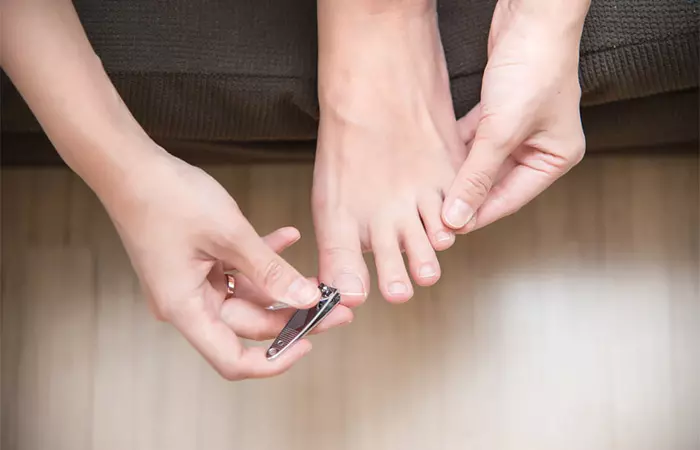
Doing some prep work before you use tea tree oil on your nails can help the oil reach deeper into your skin and nails and offer better results. If your nails are too thick or long, the nail bed will not absorb the oil properly, and you may not get the benefit of this alternative medicine.
Here’s how you can prepare your nails for tea tree oil treatments:
- Trim the infected nail by removing as much of the edges of the nail as possible. This will prevent the infection from spreading to the still healthy parts of your nails.
- You can also file your nails if they are too thick to trim. A nail file can remove the remaining areas of the infected nail and allow the oil to permeate into the nail bed.
- Once you trim or file your nails, wash them with soap and water to avoid any infectious debris from remaining behind. Even if this debris is invisible to the naked eye, it can cause recurrence or spread the infection. You can use a gentle, pH-balanced shower gel to do this.
- Dry your nails thoroughly after you wash them because a damp and moist environment provides a breeding ground for fungal growth. Keep your nails clean and dry throughout the treatment. Pat your nails dry with a towel. Avoid agitating them by vigorously rubbing them with the towel.
After prepping your nails, the next step is to apply the tea tree oil to them. Read the next section for further steps.
How To Dilute Tea Tree Oil For Toenail Fungus
Pure tea tree oil can be too harsh for direct application and may cause skin irritation. Here are some simple steps to dilute tea tree oil effectively for toenail fungus treatment:
- Gather the supplies. You will need tea tree oil, a carrier oil (like olive, coconut, or almond oil), and a clean, small, dark dropper bottle. Using a carrier oil can reduce the risk of side effects and also help deliver the essential oils into the skin with better absorption.
- Combine one part tea tree oil with 10 parts carrier oil. Start with 1-2 drops of tea tree oil in 10-20 drops of carrier oil, and adjust if needed.
- Shake the bottle well to ensure proper mixing and even distribution.
Store the diluted tea tree oil in a cool, dark place and use it as required. You can also dilute the essential oil in small amounts, every day before application. The next section explains how to use it for treating nail fungus.
How To Apply Tea Tree Oil On Toenail Fungus
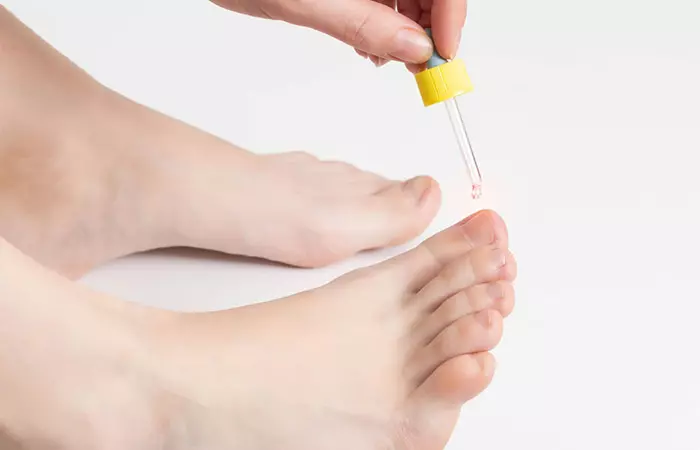
Here’s how you can apply tea tree oil for toenail fungus:
- As stated earlier, you must mix tea tree oil with a carrier oil like coconut oil or almond oil. The ideal ratio is 1-2 drops of tea tree oil in ½-1 teaspoon of carrier oil.
- Use a cotton bud or a cotton swab to apply a few drops of the diluted tea tree oil to your infected toenail. You can also mix other antifungal agents like lavender oil or oregano oil into the solution. It will ensure that the toenail fungus does not spread from your foot to your hand.
- Cover all the spots of toenail fungus to treat the entire area and the skin surrounding the nail as well.
- Allow the nail bed and the skin around the nail to absorb the oil. Avoid using socks or shoes immediately after applying the oil as it can rub off the tea tree oil.
Use the oil mixture at least twice or thrice a day. Continued and regular use of tea tree oil can lead to consistent improvement in health and wellness. Even if the toenail fungus disappears, continue the use of tea tree oil to prevent any recurrence or just to indulge in daily foot care!
If you experience any adverse reactions (like redness or itching) while using tea tree oil for toenail fungus, stop using it immediately.
Wondering how to make the most of tea tree oil to treat nail fungus? Keep reading!
How Can You Maximize The Benefits Of Tea Tree Oil?

Apart from the oil application, you can follow a few tips that can help improve the condition of your toenails and resolve the fungal infection faster. The tea tree oil benefits are enhanced when also maintain your nail health with these practices:
- Trim your nails regularly. It will prevent the underlying healthy nail from getting infected and allow the oil to penetrate the nail bed better.
- Always wash your nails clean with soap and water. Remember to pat your nails and the skin around them dry to prevent any moisture from entering the nail bed.
- Use footwear in public places – such as washrooms, locker rooms, and pools – to prevent spreading it to others.
- Opt for footwear that has ample space for your toes. A narrow toebox will cramp your toes together and apply pressure on your toenails. The repetitive trauma can make them susceptible to fungal growth. Choose sandals instead. Alternatively, you can apply an antifungal spray to the inside of your shoes to prevent fungal growth.
- If you must wear socks, invest in ones made of natural fibers as they absorb moisture and sweat, unlike their synthetic counterparts. Change and wash your socks regularly.
- Always sterilize your nail tools such as nail clippers, nail file, etc. Avoid sharing them with others as they can spread toenail fungus.
- Lastly, check your nails regularly for any change in color, pain, or irritation. If you notice any such changes, get treatment immediately to prevent the fungal infection from spreading further.
Dr. Anju Methil, Dermatologist, says, “When using tea tree oil, it is crucial to note possible side effects and their compatibility with other medications. Also, it is important to disclose any medications that you are using to your doctor since some drugs could react with tea tree oil.”
She adds, “Its use in children has not been determined to be safe. One should consult the pediatrician before using it on children. Tea tree oil should not be used by pregnant or breastfeeding women because of the dangers associated with its use.”
Tea tree oil does have a positive effect on the fungal infection of the toenails. The only problem is it takes a long time for the toenail fungus to resolve completely. Find out more in the next section.
How Long Will It Take To Recover?

You will have to use tea tree oil on your toenail fungus regularly before you see any visible results. The total duration of the tea tree oil treatment depends on the severity of the infection. It can take anywhere between weeks to months for your nails to completely heal, depending on the depth of the infection. So, you need to be patient and keep applying the oil regularly.
Often, after the nail has recovered, you may regrow a healthy nail that is free of any signs of fungal infection. However, experts recommend continued use of tea tree oil even after healing to improve nail health and ensure the fungus does not come back. If these don’t help, it is best to consult a doctor for professional treatment options.
When Should You Consider Visiting A Doctor For Toenail Fungus?
If it is a mild fungal infection, tea tree oil could arrest the fungal growth and heal it completely. If the treatment is not improving the infection after a few months, or if your nails or surrounding skin become inflamed and painful, consult your doctor immediately. Untreated nail fungus can lead to other health problems.
Also, if you are developing an allergic reaction to the essential oil, discontinue its use immediately. If the reaction persists or becomes worse, visit your doctor. If tea tree oil doesn’t work for toenail fungus, you can try other natural remedies.
Alternative Natural Remedies For Toenail Fungus
Garlic and oregano oil also have antifungal properties that might help treat nail fungus (7) (8).
A study tested a new topical antifungal treatment with vitamin E and essential oils (lime, oregano, and tea tree) on 20 patients with mild-to-moderate toenail fungus. After 12 months, 78.5% of patients were completely cured with no side effects, showing the treatment’s effectiveness and safety (7).
Garlic has natural compounds that can stop fungi from communicating and forming protective layers, which makes them harder to treat. By blocking this process, garlic helps slow down fungal growth, prevents these layers from forming, and makes it harder for fungi to resist treatments (8).
Therefore, you may also try these remedies if you are not happy with tea tree oil.
Infographic: Step-by-step Guide To Using Tea Tree Oil For Toenail Fungus
The antifungal properties of tea tree oil make it one of the best solutions for toenail fungus. The following infographic will help you better understand the steps. Check it out now. Illustration: StyleCraze Design Team
You can consider using tea tree oil for treating nail fungus. Studies to date have yielded varying results for the efficacy of using tea tree oil for toenail fungus. Tea tree oil is generally safe for skin care but must be used with caution. Further human studies are necessary to determine the limits of tea tree oil efficacy against nail fungus. Remember, it takes quite a long time for this herbal medicine to show results, if at all. If you do experience any adverse reaction in the skin around the nails or if the toenail fungus grows after using tea tree oil, consult your doctor immediately.
Frequently Asked Questions
Does tea tree oil penetrate the nail?
Tea tree oil will not penetrate well if you do not prepare your nails before applying it. Trim your nails and keep them clean for good results.
How do I know my toenail fungus is healing?
You will be able to see healthy nails growing back at the base when the toenail fungus heals.
Does toenail fungus grow out?
No, it does not go away on its own. You need to take proper care of your nails to eliminate toenail fungus.
Illustration: How To Use Tea Tree Oil For Toenail Fungus

Image: Stable Diffusion/StyleCraze Design Team
Discover how tea tree oil can be a great natural remedy for toenail fungus. Check out this video to learn how this natural plant oil can help deal with this problem and keep your toes healthy.
References
Articles on StyleCraze are backed by verified information from peer-reviewed and academic research papers, reputed organizations, research institutions, and medical associations to ensure accuracy and relevance. Read our editorial policy to learn more.
- Overview: Nail fungus
https://www.ncbi.nlm.nih.gov/books/NBK279547/ - Antifungal Activity of Nanocapsule Suspensions Containing Tea Tree Oil on the Growth of Trichophyton rubrum
https://link.springer.com/article/10.1007/s11046-013-9622-7 - Antifungal Activity of Tea Tree (Melaleuca alternifolia Cheel) Essential Oils against the Main Onychomycosis-Causing Dermatophytes
https://pubmed.ncbi.nlm.nih.gov/39452627/ - Treatment of toenail onychomycosis with 2% butenafine and 5% Melaleuca alternifolia (tea tree) oil in cream
https://pubmed.ncbi.nlm.nih.gov/10357864/ - Tea tree oil: contact allergy and chemical composition
https://pubmed.ncbi.nlm.nih.gov/27173437/ - Spreading Allergic Contact Dermatitis to Tea Tree Oil in an Over-the-Counter Product Applied on a Wart
https://pmc.ncbi.nlm.nih.gov/articles/PMC9146230/ - An Open Study to Evaluate Effectiveness and Tolerability of a Nail Oil Composed of Vitamin E and Essential Oils in Mild to Moderate Distal Subungual Onychomycosis
https://pmc.ncbi.nlm.nih.gov/articles/PMC6995982/ - Garlic-Derived Quorum Sensing Inhibitors: A Novel Strategy Against Fungal Resistance
https://pmc.ncbi.nlm.nih.gov/articles/PMC11693938/
Read full bio of Dr. Farhaad Riyaz
- Dr. Anju Methil, MD, DDV, is a cosmetologist and dermatologist with nine years of experience in the field. She specializes in injections and fillers for non-surgical facial contouring and has trained under top dermatologists and plastic surgeons across the world. Dr. Methil completed her postgraduation in Dermatology from DY Patil Hospital, Mumbai, and has received many awards for her contribution to cosmetic medicine.
 Dr. Anju Methil, MD, DDV, is a cosmetologist and dermatologist with nine years of experience in the field. She specializes in injections and fillers for non-surgical facial contouring and has trained under top dermatologists and plastic surgeons across the world. Dr. Methil completed her postgraduation in Dermatology from DY Patil Hospital, Mumbai, and has received many awards for her contribution to cosmetic medicine.
Dr. Anju Methil, MD, DDV, is a cosmetologist and dermatologist with nine years of experience in the field. She specializes in injections and fillers for non-surgical facial contouring and has trained under top dermatologists and plastic surgeons across the world. Dr. Methil completed her postgraduation in Dermatology from DY Patil Hospital, Mumbai, and has received many awards for her contribution to cosmetic medicine.
Read full bio of Arshiya Syeda
Read full bio of Ramona Sinha
Read full bio of Monomita Chakraborty







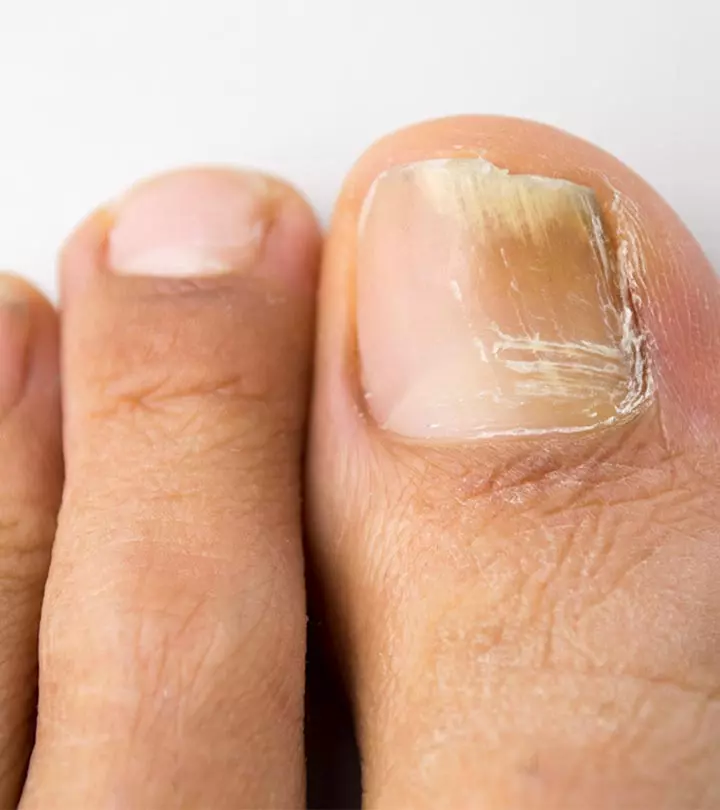


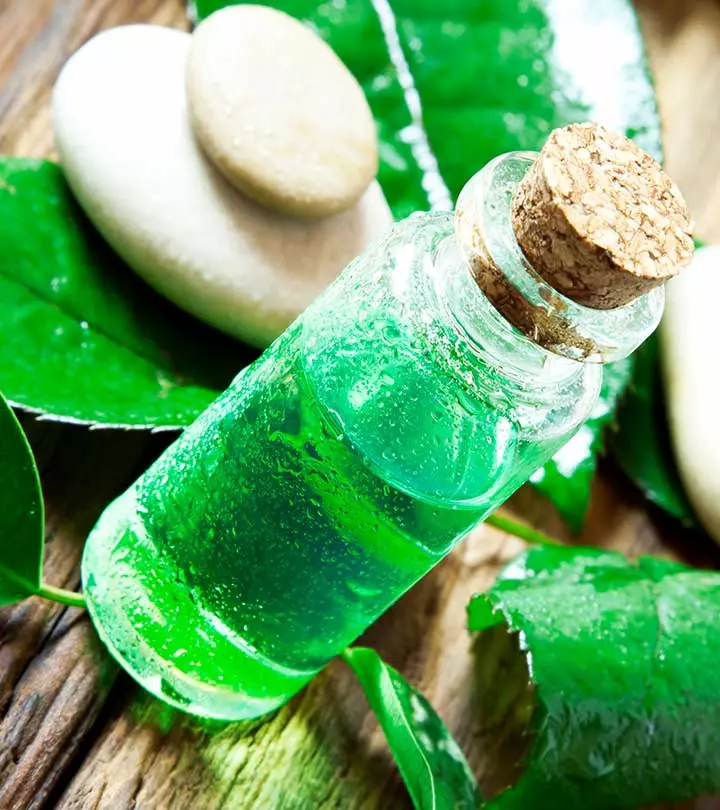

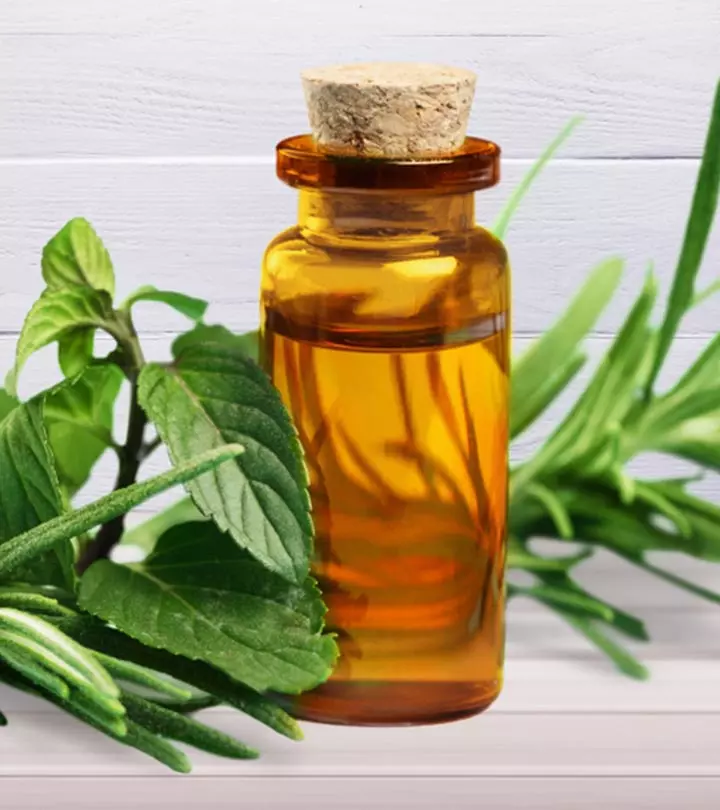
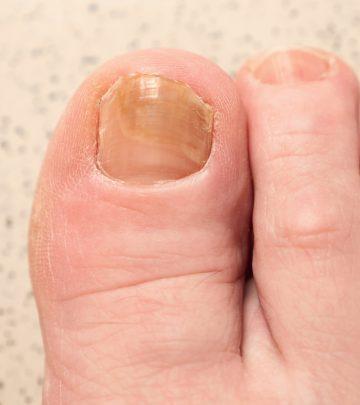


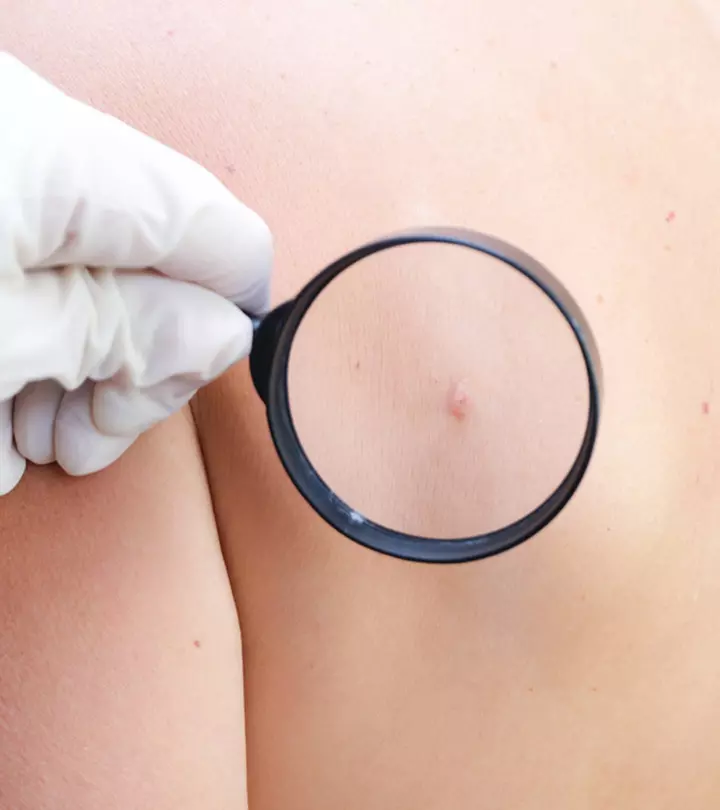






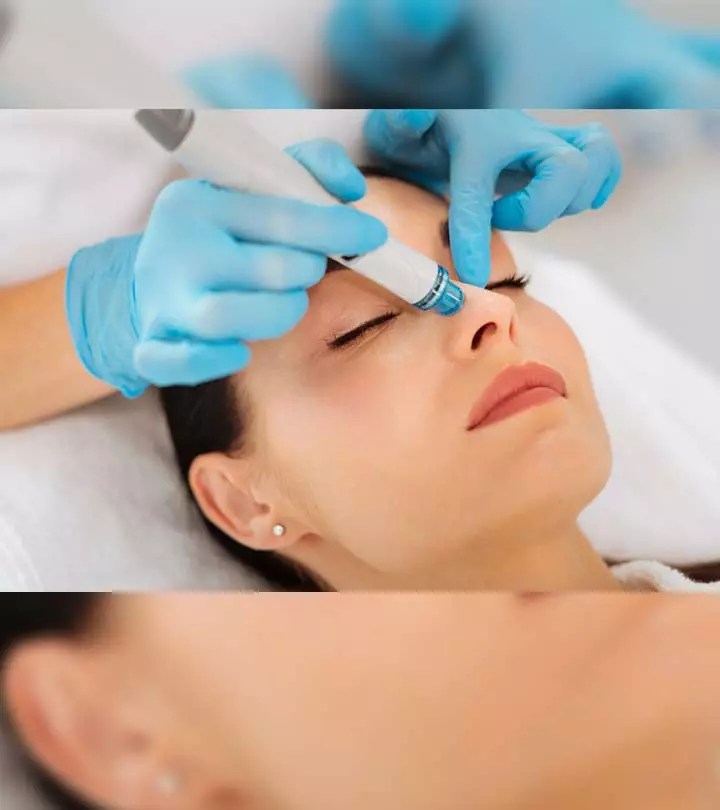



Community Experiences
Join the conversation and become a part of our empowering community! Share your stories, experiences, and insights to connect with other beauty, lifestyle, and health enthusiasts.